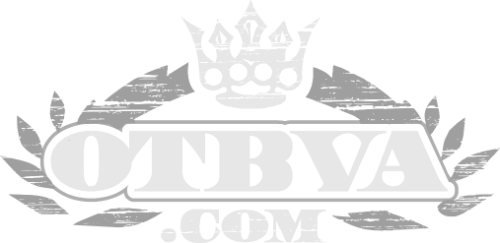You’ve got to get your money right. If your money isn’t right, you’re going to run into problems when you’re older.
Investments are things that collect money over time, as long as you keep at it – you can’t fail! Learn about investment portfolio growing and how to get started, below.
1. Figure Out What an Investment Portfolio Is
An investment portfolio is a living breathing thing, basically. It’s different for everyone and, unless you’re married, no one’s is exactly the same.
There are different combinations of assets your portfolio can have and it’ll change over time.
Your investment portfolio can include:
– a 401(k)
– your retirement account
– any brokerage account
– Robo-advisor accounts (think Acorns/Stash)
– savings accounts
– peer to peer lending accounts
And while your car, your home, and art are all certainly investments, they’re not technically part of your investment portfolio. They’re still taxable though!
2. Know Your Options
If you just started a new job or you’re just getting into saving for your future, find out if your employer has any matching incentives.
Some employers will match whatever you contribute to your 401(k) if that’s something they offer. They may also allow you to buy stock in the company itself, which is a good deal if it’s private stock.
For example, people who work at the grocery chain Publix can buy stock based on the number of hours they work.
If your employer doesn’t offer any options at all, it’s worth it to talk to your fellow co-workers. Is that something they’d want too, employer-backed investing options or at least access to a 401(k)?
If there are enough people interested, you can take your idea to HR or to your boss. Employers should know that they need to provide benefits to their employers, that is more than just healthcare.
3. Decide on What You Want to Invest in
Before you go on and get a broker (or don’t, we’ll get there) you need to think about your investment portfolio strategy. Are you going to focus on stocks and bonds or put all the money you can into your retirement account?
You’re going to have to change how you think about money, as committing to building your investments takes dedication. Do the calculations – how much money can you really invest per month, if this past month was your new normal?
You can always invest more, but you can’t invest less if you over exaggerate what you can put away. And if it’s not a lot – that’s okay. $5 in the bank grows over time way more than $0 in the bank does.
You can set up some apps, like Stash and Acorns that auto-save for you. For example, you can set up both to “round up” your purchases.
That means if you buy something that’s $_.40, the app will withdraw 60 cents and add it to your investments. It doesn’t seem like much, but it adds up over time.
You can also set up these apps to deposit a certain amount of money per week into your investment account.
Robo-Investors
These apps are a good example of what Robo-investing is. They use algorithms and your personal settings to choose what they invest your money in.
You don’t have to figure out the hard stuff and it’s easy to set it and forget it.
4. Pay off Your Loans and Credit Cards
Yes, we know what you’re thinking. But yes – this is related to building your portfolio. You can’t save what you’re still paying off, and the longer you have those loans/cards, the more you have to pay over time.
So, take the number you came up with earlier (how much you can invest per month) and half it. Use half to pay extra off your loans or debt, and invest the other half.
That way you’re still putting something in your accounts to collect interest, but you’re avoiding paying more on your debt, too.
5. Consider Buying a Home
Let’s go back to that half and half scenario we were just talking about. You could put the half towards a downpayment on a house, instead of putting it into a savings or investment account.
That’s because when you own a home, it builds equity. That equity is part of your investment portfolio, but the house itself isn’t.
It’s an important distinction.
Then, once you have your house and you’re paying yourself equity (basically) you can go back to investing in a more traditional account type.
If you already own a home (or multiple) then you’re all set!
6. Stay Committed!
The biggest thing people don’t do when they’re investing, aka the biggest mistake, is not staying the course. If that means that you have to dip into your emergency savings one month (which should be separate) then so be it.
That’s why you have that emergency savings account in the first place!
Even if you can’t invest the same amount one month – still make at least a small deposit.
If you’re confused, you can get a broker like Christopher Sarofim who can help you figure this all out.
Everyone Needs an Investment Portfolio
Even if you have to start small, it’s always worth investing something vs nothing. Don’t be afraid to ask for help if you need it building your investment portfolio – there are plenty of professionals who can help you figure out your finances and your future.
For more secure-your-future information, don’t forget to bookmark our site – we put out new content often!

